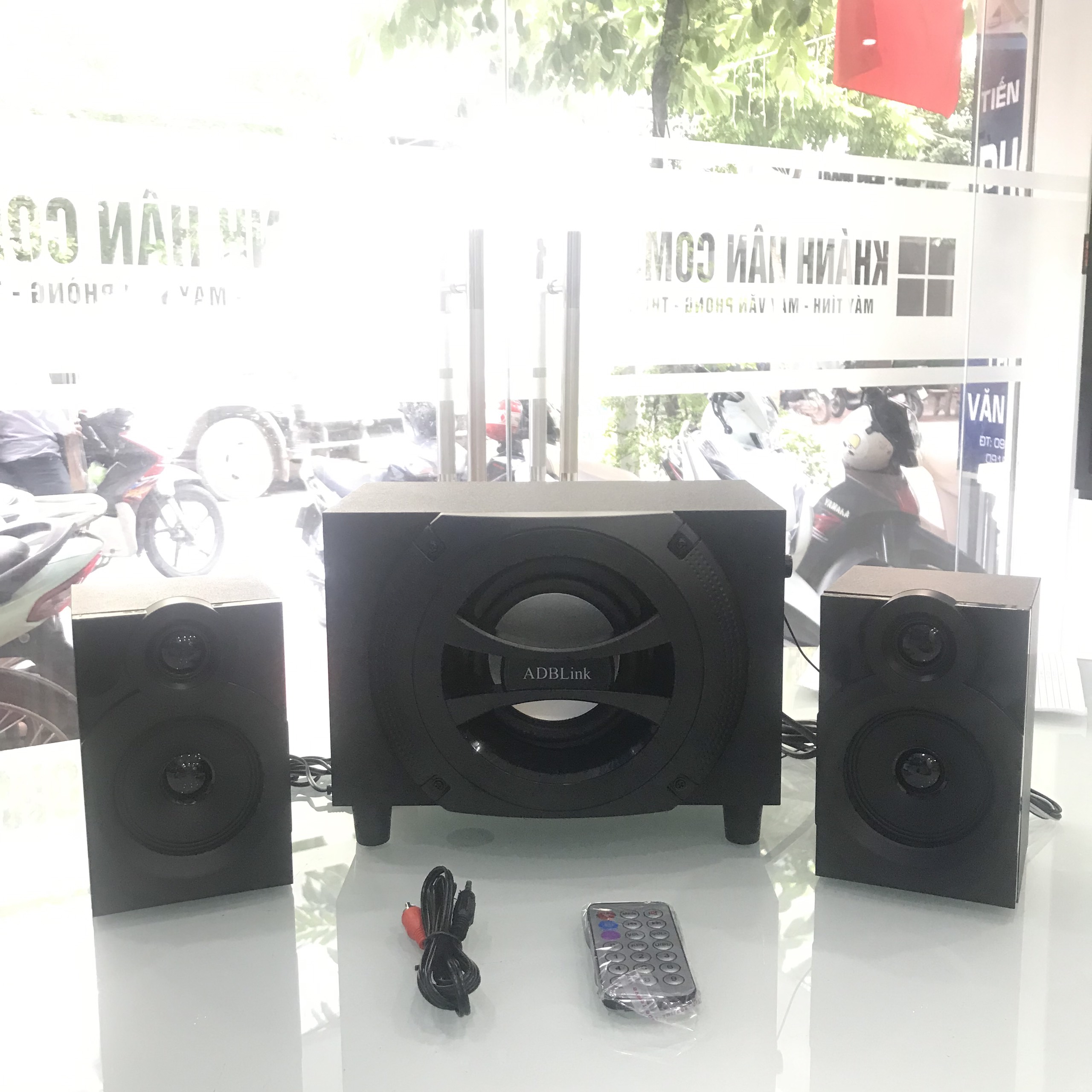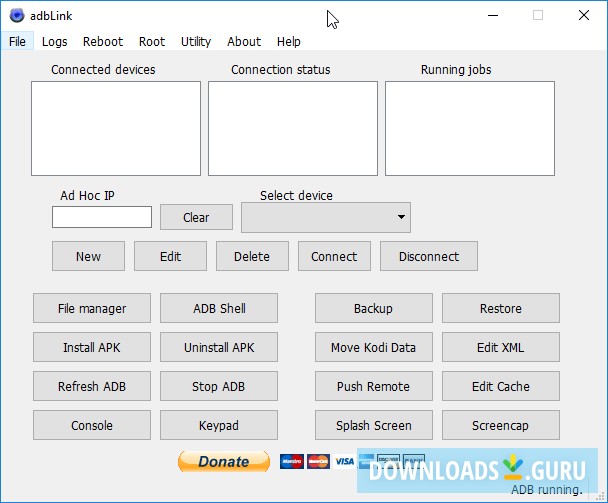

For Android it defaults to /files/.kodi, on other OSes the path changes. Media Center Package name: For Android the default is For other OSes, this field is inactive.įile Path: This the path to Kodi's data folder. Kodi Partition: For Android the default is /sdcard/ For other OSes, this field is inactive. Selected a non-Android OS, this field is inactive. It can be an IP address or a USB serial number. However you can choose Windows, macOS or LinuxĪs well, depending on what build of Kodi you're working with.Ī description for the device, e.g. This will fill in the "Address" field for the record.Ĭhoose Kodi OS. Double-click the device USB serial number or IP address in the in the "Connected Devices" listbox. This will bring up a blank device record screen.ģ. Connect to your device, using the instructions above.Ģ. Device records are optional for Kodi systems, but required for Kodi forks such as SPMC.ġ. Using records you can also specify custom Kodi locations on your system, such as sd cards or usb thumb drives. Records allow you to maintain multiple media devices, without the the need to remember their IP addresses, and allow you to reference devices by a descriptive name. You may also create a record for your device.

You are now ready to use other adbLink features such as installing Kodi, doing backups, etc. The IP address will appear in the "Connected devices" list box.

If you are connecting your device via IP adress, enter the IP address into the "Ad Hoc IP" text entry field, then press "Connect". If you are connecting your device via a USB cable, pressing "Refresh ADB" after the connection should cause the USB serial number of the device to appear in the "Connected devices" list box.

Other than device settings specific to your system, there is little required for a basic connection between your media device and adbLink.


 0 kommentar(er)
0 kommentar(er)
